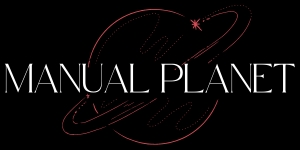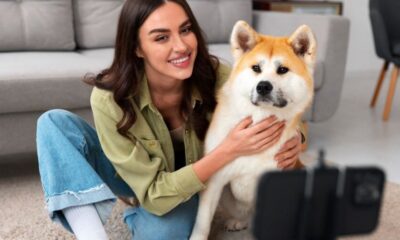AI
The Magic of Prompts within AI Art Generation
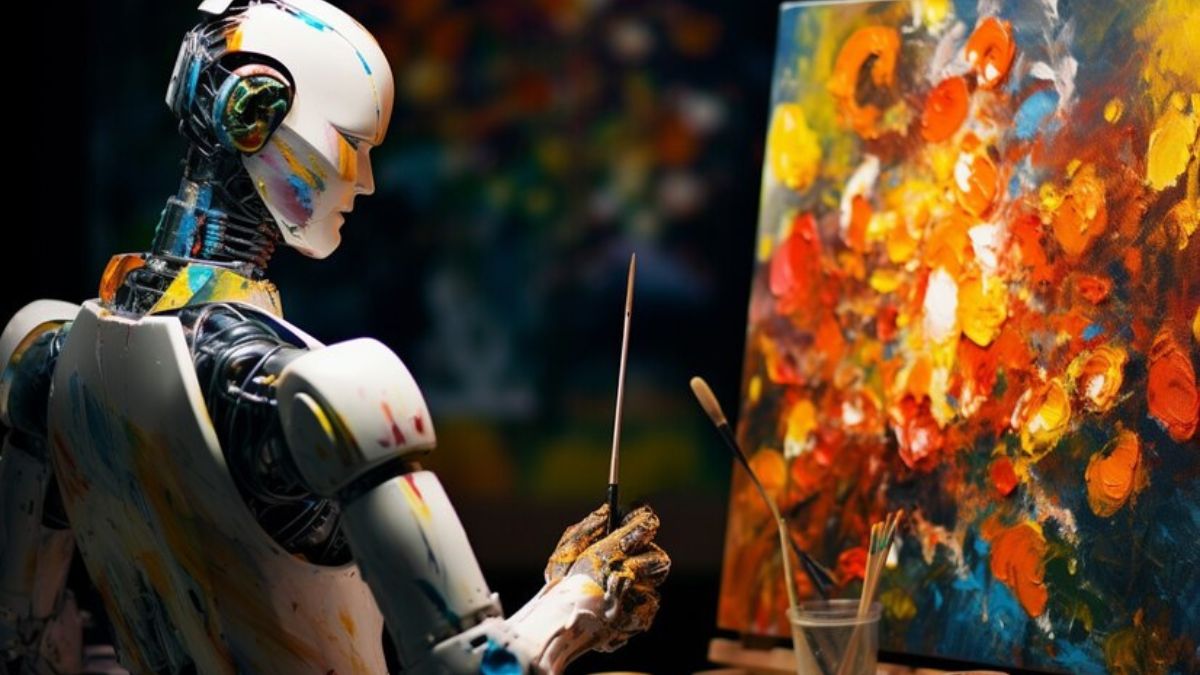
Living in a world of rapidly developing AI-generated art, Piclumen stands out for its ability to let even novices take their first steps in striking digital art in many captivating styles. All it takes is a few keywords and a well-framed prompt, and creative ideas turn into visually attractive pieces, as Piclumen allows users to dive into the world of artistic expressions from classic Impressionism to modern pixel art.
In this article, we are going to take a look at today’s hottest styles of AI art and go through some tips and tricks on how you can write the best prompts to achieve good results. We will take a closer look at how Piclumen-a great AI art generator -brings creative ideas into reality with unprecedented facility and precision. Be it hyper-realistic images, abstract shapes, or minimalist designs, Piclumen opens the floodgates to infinite artistic possibilities.
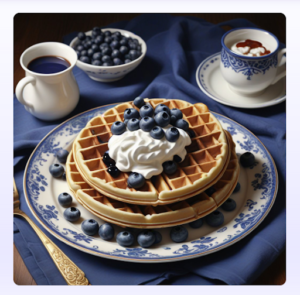
What are AI Art Styles?
AI art styles are a sort of artistic template that AI models make use of to produce visuals across a wide gambit of aesthetics. These include not only classic art but also contemporary digital and illustrative styles. Following is a list of popular AI art styles and tips for crafting prompts to achieve them:
Impressionism: Capturing the Essence of the Moment
Impressionism is a movement that has to do with loose strokes and vivid colors and has a sort of feeling of spontaneity- mostly emotionally evoking through the use of light and dark. Works of impressionism generally have landscapes, flowers, and scenes of the city. To create a successful Impressionist-sounding prompt, use the following descriptive words:
- Soft brushstrokes, glowing colors, playing with light and shadow, and capturing movement among others.
Example Prompt:
An Impressionistic painting of a French garden at dawn, showing soft brushstrokes with changes of dazzling sunlight and bright flowers swaying in the morning breeze.
Cubism: Fragmented Art
Cubism is an avant-garde movement in art that was pioneered by the likes of Picasso. It presents subjects broken up into small geometrical sections or fragments, viewed from several angles at once. A Cubist prompt, therefore, should motivate fragmentation, geometry, and abstract forms.
Here are keywords to include:
- “Geometric,” “abstract shapes,” “layered perspectives,” and “fragmented structure.”
Example Prompt:
A Cubist portrait of a man playing a guitar, with the face and instrument being fragmented into geometric shapes, showing the multiple angles simultaneously in muted earthy tones.
Realism: Authentic and Detailed
Realism captures subjects in great detail and, often, with a need for accuracy. Realistic prompts should include details on textures, life-like colors, and attention to detail. Use such terms as:
- Hyper-detailed, lifelike, fine texture, and natural light.
Example Prompt:
Realistic hyper-detailed portrait: an old fisherman at sea with rough hands, deep lines in his face, and wind-tousled hair-one brightly enlightened by natural light.
Surrealism: Embracing the Absurd and Dream-like
Surrealism is a combination of the real and fantastic, or dreamed images, combined into a scene that appears strange or disturbing. Good surrealist prompts focus on unexpected juxtaposition and bizarre combinations:
- Dream-like, fantastical, bizarre, impossible landscapes.
Example Prompt:
A surrealist dreamscape: the melting giant clocks in the middle of a desert under a purple sky, upside-down ghostly trees, and glass-made animals.
Expressionism: Conveying Emotion Over Reality
Expressionism makes use of acute forms, bright colors, and distortion to show strong emotions. In prompts, especially in this style, is considering pointing out the mood or atmosphere-
- Bold colors, emotive, exaggerated forms, intense shadows.
Example Prompt:
An Expressionist cityscape beneath a stormy sky: buildings curve upward and colors are swirled to suggest chaos and unrest.
Minimalism: Less is More
Minimalism is about simplicity-and it sanctions clean lines, open space, and limited color palette. The minimalist prompts should be about straightforward shapes, restrained details, and simplicity:
- Simple, clean lines, few colors, negative space.
Example Prompt:
A minimal scene of a tree lonely in front of a white background, combined with clean lines and shades of gray and green, speaks volumes of simplicity and serenity.
Line Art: Clarity Because of Lines
It is characterized by bold outlines with a minimum or no shading at all, thus ideal for simple portraits or even elaborated detailed sketches. Line art prompt should focus on clarity, line, and contrast:
- “Bold outlines,” “high contrast,” and “monochromatic.”
Example Prompt:
It is a line drawing of a mountain landscape in continuous bold lines without shading to bring out the shapes of peaks and valleys.
Pixel Art: Retro Blocky Aesthetic
Pixel art is a graphic style similar to very early digital images that are made with small square pixels, which give a blocky and stylized appearance. The prompt for the pixel art should include features of lowly resolved retro colors and blocky forms:
- “Pixelated,” “blocky,” “8-bit,” and “retro game style.”
Example Prompt:
Pixel art of treetops of a forest with some basic trees, animals, and a river, drawn in a very limited 8-bit color palette with blocky, retro-style details.
How to Generate AI Art Styles in Piclumen: Step-by-Step
To be able to produce consistent results across all styles, one has to choose a tool with the right options. Piclumen is an AI-powered art generator characterized by high-quality outputs and great personalization. Here is how it works:
- Choose the Art Generator: Decide on using Piclumen or a service that would allow variation in the style of artwork and flexibility of the prompt structure.
- Draft Your Prompt: Pay attention to the fine points of the specific visual parameters you wish for your style to capture. Try to be as brief as possible, but with detailed descriptions of textures, colors, shapes, and overall mood.
- Manipulate the Parameters: Many tools, such as Piclumen, allow users to manipulate art through parameters like resolution, color saturation, and brush style.
- Iterate through Variants: Most AI generators can create multiple versions of the same prompt image to let you do comparisons of different variations.
- Refine Your Prompt: AI art generation is iterative. If the initial output isn’t exactly what you want, adjust keywords, add more details, or change the focus of the description. 6.
- Experiment with Hybrid Styles: Most of the tools will enable you to blend styles. You can ask the generator, for example, to generate a “Cubist Impressionist landscape,” synthesizing the elements of both styles into something singular.
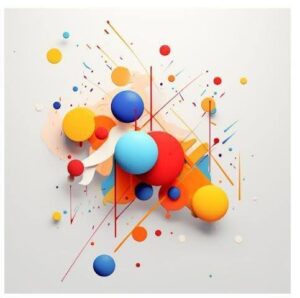
Why Piclumen is a Good Choice
Piclumen proves to be flexible in both supporting a wide range of styles and providing ease of use for beginners and pros alike. Fine-tuning includes adjusting the style of brushes, color vibrancy, and intricate details; hence, it is one of the best tools for developing customized AI art.
Final Tips for Crafting the Perfect Prompt
- Vivid adjectives: Like the use of words such as “glowing,” “whimsical,” “chaotic,” and “serene,” for these carry with them a nuance of mood, making your job even easier for the AI to fulfill what you have in mind.
- Scene Compose: You can say something like “foreground,” “background,” or “central figure” to help the AI place certain subjects in specific places.
- Color Palette Considerations: Choosing colors helps to build a more aesthetic characteristic closer to what you have envisioned. For example, a Surrealist piece might employ colors that you wouldn’t anticipate, while Realism tends towards using more organic tones.
- Indicate Time and Place: Sometimes, even additions of a historical or geographical reference will be enough to make all the difference (“Victorian-era cityscape” or “sunset in Kyoto”).
- Embrace Iteration: Every AI output might suggest something slightly different in how you want to word a prompt the second time around.
Conclusion
AI art generation, especially with powerful tools like Piclumen, lets both the amateur and professional creator of art study multiple styles in an easy manner. You can create detailed prompts and play with style-specific keywords to get results that evoke the essence of Impressionism, Cubism, Realism, and many others. You learn, with practice, how to subvert and adjust prompts and settings for all sorts of interesting arts in such a wide range of visual styles. Be it strictly realistic or a wild dreamscape, AI Art tools can make you a versatile creator in the digital world of art.
-

 CRYPTO3 months ago
CRYPTO3 months agoExploring Crypto30x.com: Your Ultimate Guide to Crypto Trading
-
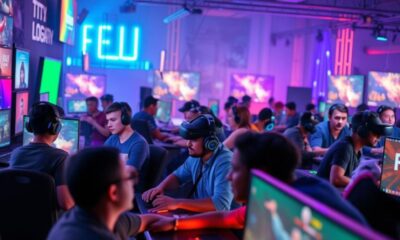
 SPORTS & GAMES3 months ago
SPORTS & GAMES3 months agoNhacaiuytin226 .com: The Ultimate Guide for New Users
-

 HEALTH & FITNESS7 months ago
HEALTH & FITNESS7 months agoWhy The ://Vital-Mag.Net Blog is Your Go-To Resource for Wellness
-

 CRYPTO3 months ago
CRYPTO3 months agoUnleashing the Power of Smart Investments with 5StarsStocks .com
-

 HEALTH & FITNESS8 months ago
HEALTH & FITNESS8 months agoUnlock Your Best Self with The //Vital-Mag.net Blog: A Guide to Health & Fitness
-
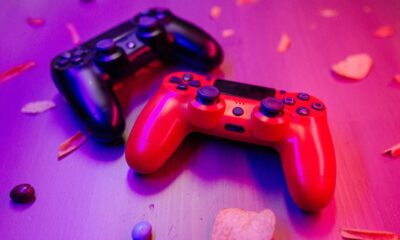
 SPORTS & GAMES3 months ago
SPORTS & GAMES3 months agoFun88ML.com: Where Gaming Meets Innovation and Fun!
-

 TOPIC8 months ago
TOPIC8 months agoUncuymaza Unveiled: The Cultural Significance Behind the Craft
-
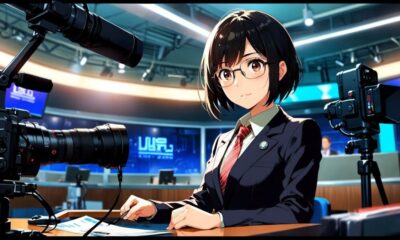
 ENTERTAINMENT10 months ago
ENTERTAINMENT10 months agoTsumino-Blog.com News: The Latest Updates You Need to Know!
